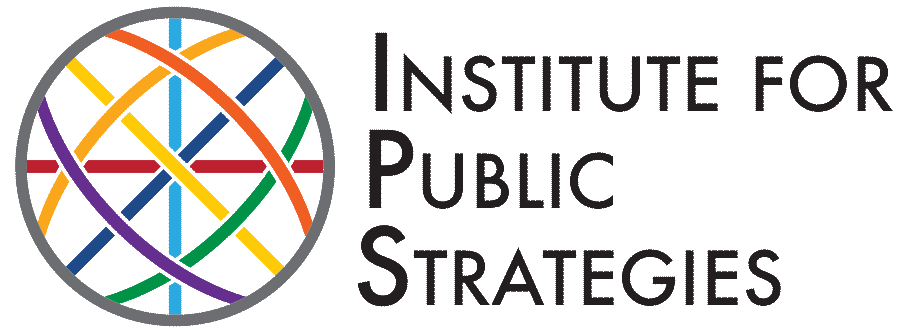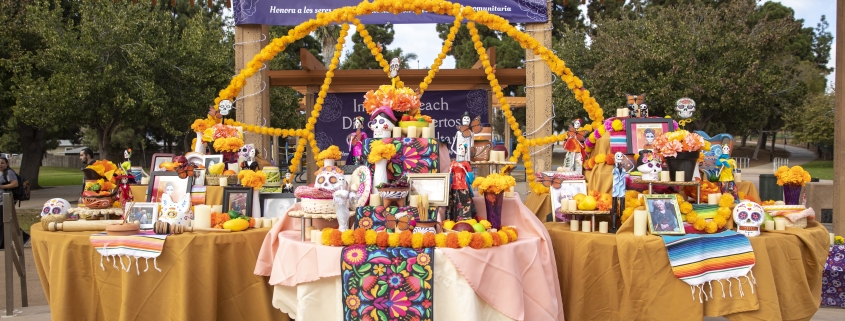Q&A: Creating Healthy Communities Through Cultural Appreciation
A conversation with IPS’ Partnerships 4 Success Team
To help community organizers and public health professionals create more equitable communities where everyone can thrive, the IPS Partnerships 4 Success (P4S) program hosted a webinar “Creating Healthy Communities through Cultural Appreciation.” The editors at PICture This sat down with the P4S team, Breny Aceituno, Flor Hernandez, and Iridian Vazquez, to talk about how they approach community organizing by incorporating local culture and making room for everyone to bring their whole selves to the table.
Our Editors: Thanks for sitting down with us, Breny, Flor, and Iridian! What exactly do you mean by “cultural organizing?”
P4S: Great question! Cultural organizing is a way to integrate local cultural practices, forms of expression, and worldviews into advocating for population health. It tailors the approach and messaging by leaning into the experiences of the community. By emphasizing listening and storytelling, cultural organizing generates knowledge and understanding among community members and public health professionals. Some public health models, while well-intentioned, were missing the mark when it comes to advocating for population health in a way that was relatable to our communities. We realized that we needed an approach that speaks to community members and our partners to help build a solid foundation of trust and visibility.
Editors: So you’re saying that cultural organizing can be a tool for public health?
P4S: Absolutely. Because Social and Community Context is a component of the social determinants of health. When people feel a sense of belonging, they’re more likely to develop healthier coping mechanisms, which then prevents substance misuse. We value inclusivity, so we work to connect people from the same cultural background to other cultural backgrounds through community events like culinary and art workshops and health fairs.
It’s also important to us to create safe spaces for those more difficult conversations like mental health. A lot of our work is around opioid prevention, and we host town halls on substance misuse and provide training on Narcan. We typically add in cultural components such as Spanish translation, cultural foods, and well-established experts who serve as trusted messengers. We use social media and a monthly newsletter in both English and Spanish to connect community members regularly with resources, upcoming events, and opportunities for advocacy.
Editors: How can community organizers use cultural organizing in their work?
P4S: Consider your program’s goal and become a student of that community. Approach this step as if you knew absolutely nothing about the community. This will allow you to learn everything you can about what makes the community you are serving thrive and what puts it at risk. It is really important to bring culture, language, and traditions into your work. This allows you to address problems by understanding their values and beliefs of the communities you serve. This way, you are discussing the issues with the community while at the same time showcasing the community’s resiliency, which breeds empowerment. Lastly, it has been imperative for us to constantly look for ways to connect the community with the understanding of how social cohesion fosters community health. This is how to get the community to see the larger goal, which is ensuring that everyone has the opportunity to thrive no matter where they live.
Editors: How do you get your grantor/funding agency to consider cultural organization as a strategy of the program?
P4S: Take a good look at the big picture of what your organization is trying to accomplish. Set a goal of working alongside communities to improve community health and empower community members to increase access to opportunities and combat risk factors that lead to substance misuse. At IPS, we do this through our ACT Model, which aims to achieve community transformation through community organizing; data and research; policy and systems change; media advocacy; and sustainability. Our hope is to give community members the tools to be able to take on their own initiatives.
Editors: How did you go about researching your targeted community?
P4S: For one, we looked at data found in four indices – the Child Opportunity Index; Intercity Hardship Index; Healthy Places Index; and Neighborhood Conditions. We also conducted listening sessions and interviews with community members and leaders to hear directly from them. Without effective, linguistically accessible communication, you just won’t be able to reach diverse communities. Public health advocates must be able to communicate in the languages spoken by community members to ensure that vital health information is clearly understood.
To give you an example of how we continue researching our communities while also addressing their needs, we are developing a bilingual reporting lab called La Vocera. The La Vocera initiative is a tool meant to provide the basic information needs in the South Bay and Border Communities in San Diego. From our research, we found that the communities we serve lack the information community members need to navigate everyday life and thrive. We know that a failure to provide them is a public health issue that requires tailored preventative solutions like this lab. Therefore, we created a platform that sends out condensed information goods via an SMS platform once a month to each community we serve. We also use the platform to ask community members questions so we can better understand how residents are interacting with local resources that impact their health.
Editors: How can organizers be most effective with engaging community members in their work?
P4S: Make direct contact. Share your Instagram page and any other social media platforms where you have an in-person presence. Send flyers that include a description and a QR code for people to sign up for coalition meetings. All your outreach materials should be in English and the language of your targeted audience so you effectively access both communities.
Editors: Thank you, Breny, Flor, and Iridian for taking some time today to share your community organizing strategies with us! You can watch the entire one-hour webinar here, and find out how P4S incorporated Día de los Muertos and La Posada into its program, as well as how they formed strategic partnerships with other community based organizations. You can access the slide deck that was used here.
# # #



